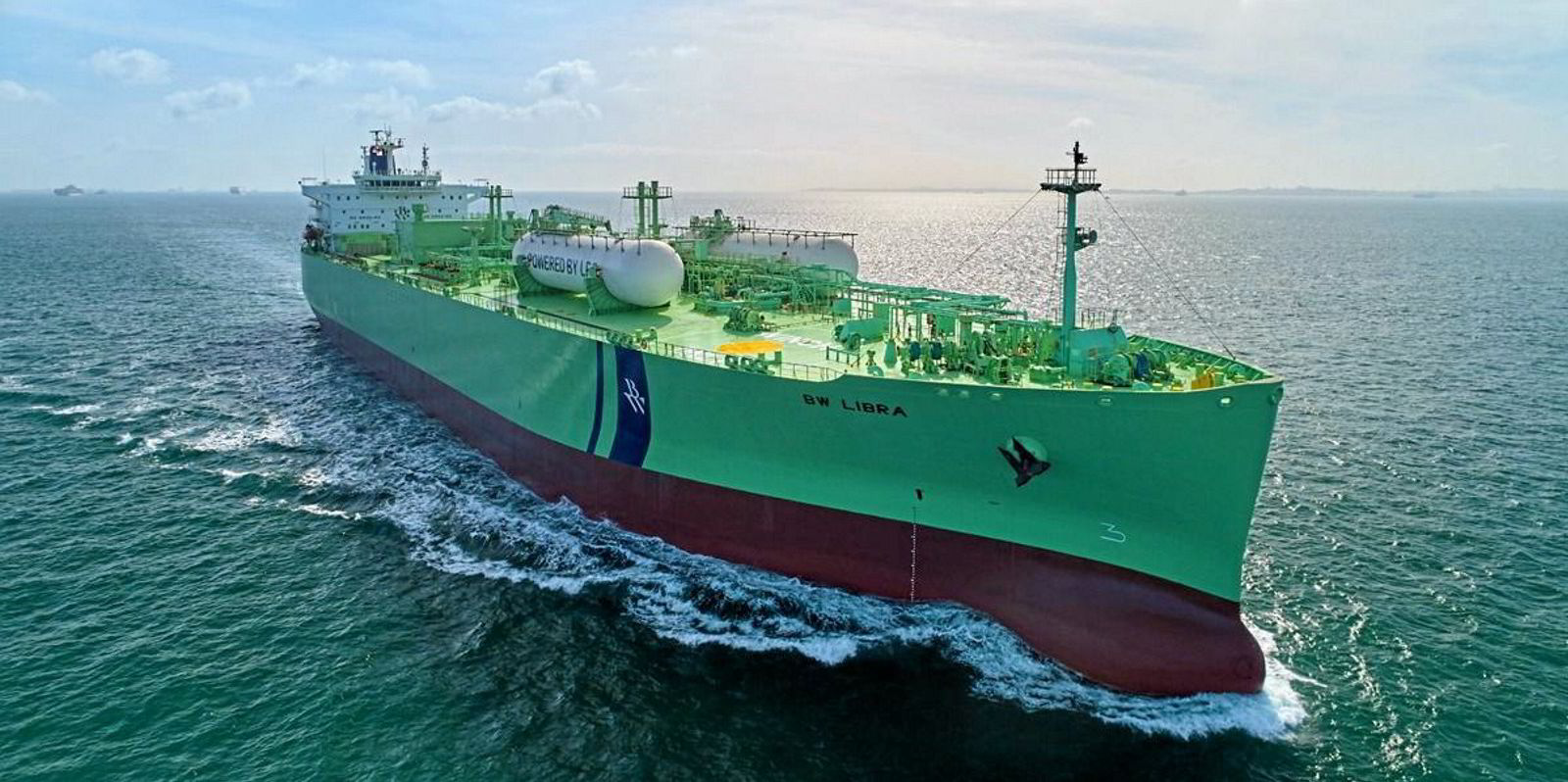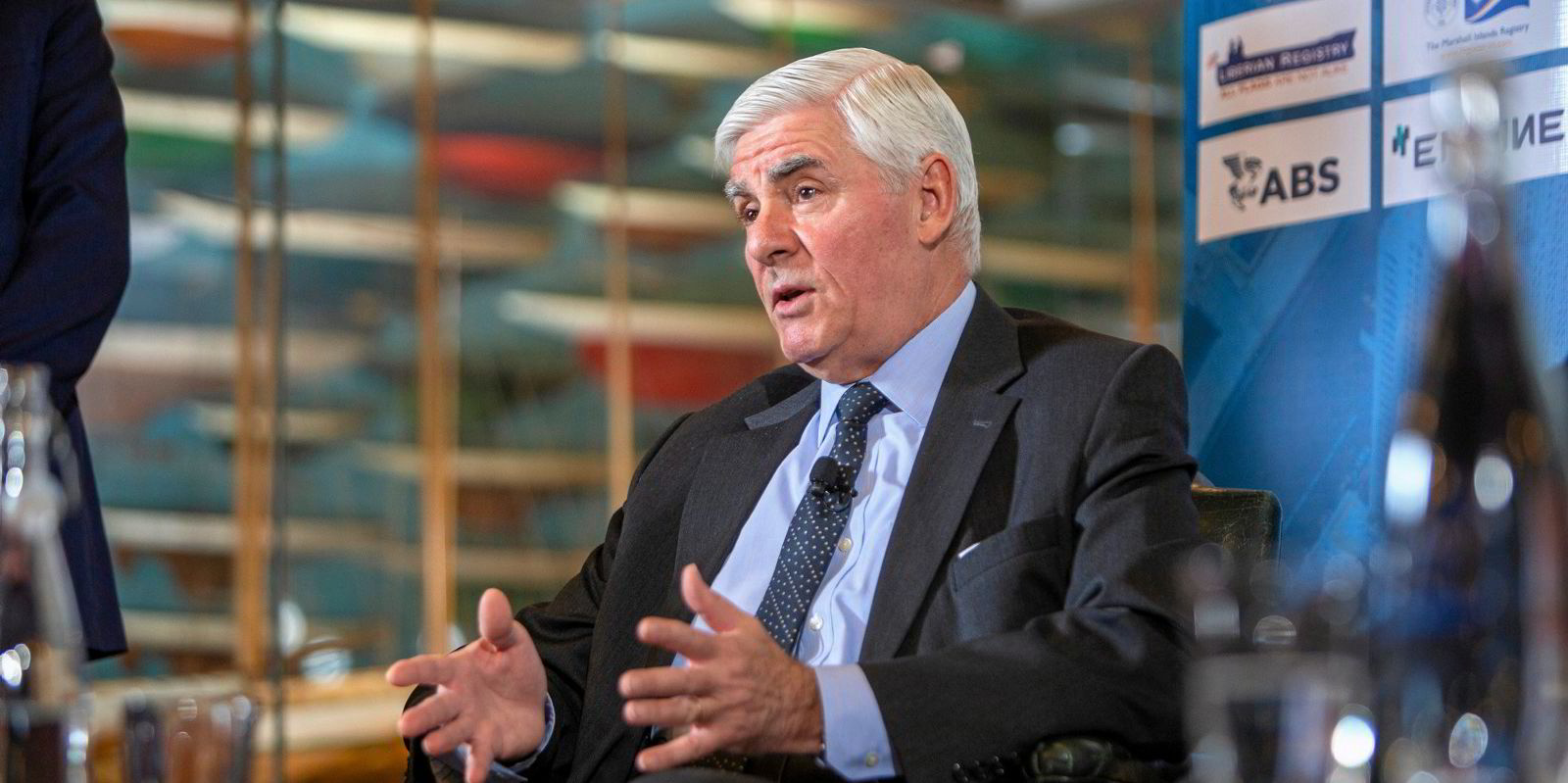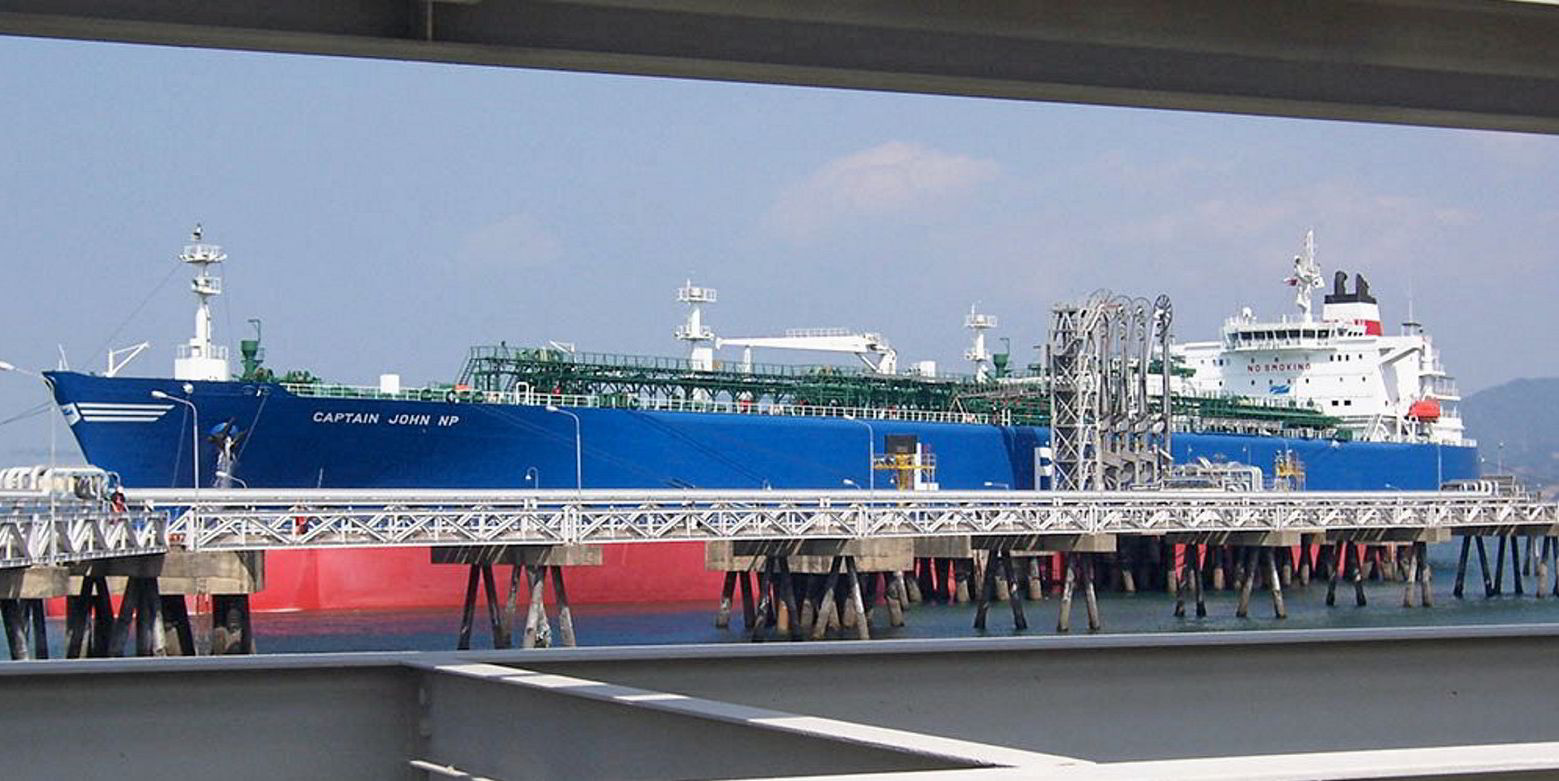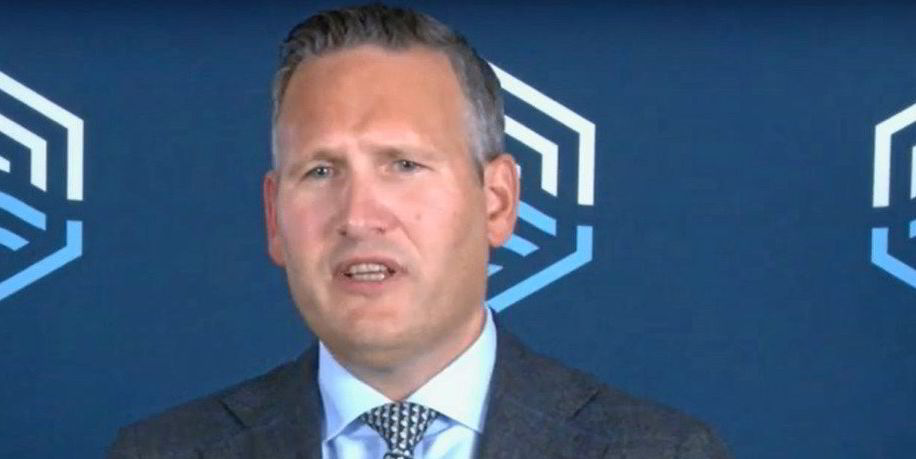LPG and ethane could stack up as competitively priced compared to conventional marine fuels, an internal analysis by shipowner Dorian LPG shows.
The New York-listed company analysis found that at current prices for various fuels and at recent prices for carbon allowances under the EU Emissions Trading System (ETS), the two fuels would be cheaper than both fuel oil and LNG, according to the data seen by TradeWinds.
“It tells me that the transition fuels — the LNGs, the ethanes and the LPGs — are great fuels to move on to the next stage of our efforts to decarbonise,” said Dorian LPG USA president John Lycouris, who crunched the numbers.
Shipping is expected to fall under the EU ETS next year. In the run-up, prices for carbon allowances have surged, hitting a record of nearly €100 ($100) per tonne of CO2 equivalent last month.
The analysis by Dorian, an owner of very large gas carriers (VLGCs), found that with the 26 August carbon price of just €89.94 per tonne factored in, heavy fuel oil (HFO) in Houston would cost $501 per tonne of fuel to $781.
But ethane, which is currently used on a few vessels that carry the commodity as a cargo, would cost just $630 per tonne of HFO equivalent. LPG, particularly propane, would cost $760 per tonne.
LNG, today’s leading alternative fuel, would be slightly more expensive at $797 per tonne. The analysis uses Houston fuel prices, so does not factor in the recent painful natural gas price spikes in Europe.
Very low sulphur fuel oil (VLSFO) was even more expensive at $1,072 per tonne.
Focused on energy content
The prices were calculated on an HFO equivalent basis to ensure they reflected the energy content, rather than weight, of the fuels.
Under the Dorian LPG analysis, the cost of EU allowances would do little to make ammonia, seen as a potential a zero-carbon fuel of the future, would cost a whopping $2,304 per tonne of HFO equivalent, as prices for the commodity have skyrocketed in the wake of Russia’s invasion of Ukraine.
With EU emissions factored in, fuel costs for VLGC burning HFO bought in Houston would rise from about $20,000 per day to $31,200 per day, while the cost of VLSFO would shoot up from $31,600 to $42,900 per day, Dorian’s analysis showed.
The ETS carbon price lifts LNG fuel costs to just under $31,900 per day, and LPG to nearly, $30,400, both similar to the price of HFO.
Ethane comes in at just $25,200 per day, while an ammonia-fuelled ship would hypothetically pay $92,200, the Dorian analysis shows.
The analysis particularly raises the question of whether LPG, used currently as a fuel for ships that carry the commodity as a cargo, could have greater appeal as a shipping fuel.
Lycouris said he crunched the numbers as a way to see how LPG stacks up against other fuels.
“It stacks up pretty well, along with LNG and ethane,” he told TradeWinds.
As TradeWinds has reported, Oslo-listed shipowner BW LPG revealed $5m in bunker savings during the third quarter from its 15 VLGCs retrofitted to run on the fuel, not to mention a 15% cut in estimated .carbon emissions.

“We have been systematically scaling up our intake of LPG as fuel to maximise our earnings by reducing the cost for fuel,” Pontus Berg, executive vice president for technology and operations, said during a conference call with analysts.
While the analysis shows ethane as the cheapest fuel in Dorian LPG’s analysis, the volumes of the commodity remain low and ethane carriers are expensive.

The impact of the carbon price on the cost of HFO, which since the start of 2020 can only be used by ships with scrubbers, also suggests promise for carbon capture, Lycouris believes.
Onboard carbon capture remains in its infancy, but some owners of ships with scrubbers are looking at it as a way to reduce the carbon footprint of HFO.
“I think it’s a win-win for everybody when we can capture the CO2 that we produce,” Lycouris said.





